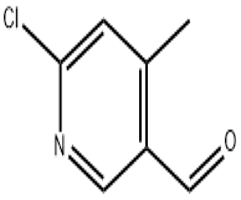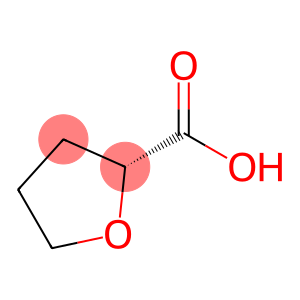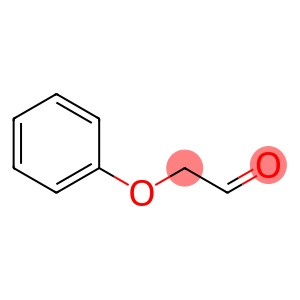2-Chloro-5-Formyl-4-Picoline(CAS# 884495-38-9)
| Hazard Symbols | Xn – Harmful |
| Risk Codes | R22 – Harmful if swallowed R36 – Irritating to the eyes |
| Safety Description | 26 – In case of contact with eyes, rinse immediately with plenty of water and seek medical advice. |
Introduction
6-CHLORO-4-METHYLPYRIDIN-3-CARBOXALDEHYDE (2-CHLORO-5-FORMYL-4-PICOLINE) IS AN ORGANIC COMPOUND. The following is an introduction to its properties, uses, manufacturing methods and safety information:
Quality:
- Appearance: 6-Chloro-4-methylpyridine-3-carboxaldehyde is a colorless to pale yellow liquid.
- Solubility: It can be dissolved in many organic solvents, such as ethanol, ether, and chloroform.
- Stability: This compound is stable at room temperature, but can decompose under heat, flame, or strongly acidic conditions.
Use:
- 6-chloro-4-methylpyridine-3-carboxaldehyde is an important intermediate in organic synthesis and is often used in the preparation of other organic compounds.
Method:
- 6-Chloro-4-methylpyridine-3-carboxaldehyde is typically prepared by a synthesis reaction similar to the following steps:
1. 4-methylpyridine is treated with alkali to obtain the corresponding negative ions.
2. Negative ions are reacted with cuprous chloride to form alkyl copper intermediates.
3. Alkyl copper intermediates are reacted with formaldehyde to form 6-chloro-4-methylpyridine-3-carboxaldehyde.
Safety Information:
- 6-Chloro-4-methylpyridine-3-carboxaldehyde may be harmful to the human body, and necessary safety measures should be taken when using it, such as wearing appropriate protective equipment (such as gloves, goggles, and protective clothing).
- It should be stored in a cool, dry and well-ventilated place, away from fire and oxidants.
- Avoid inhalation, skin contact and ingestion during handling and use.
- Immediately after contact, rinse the contaminated skin area with plenty of water and seek medical attention.








